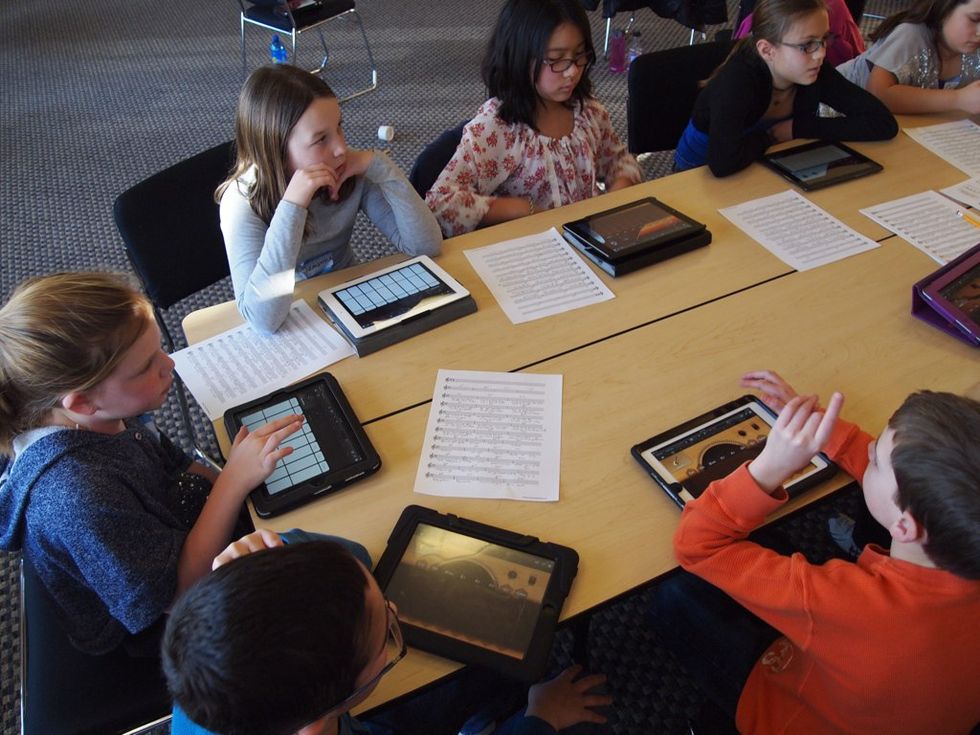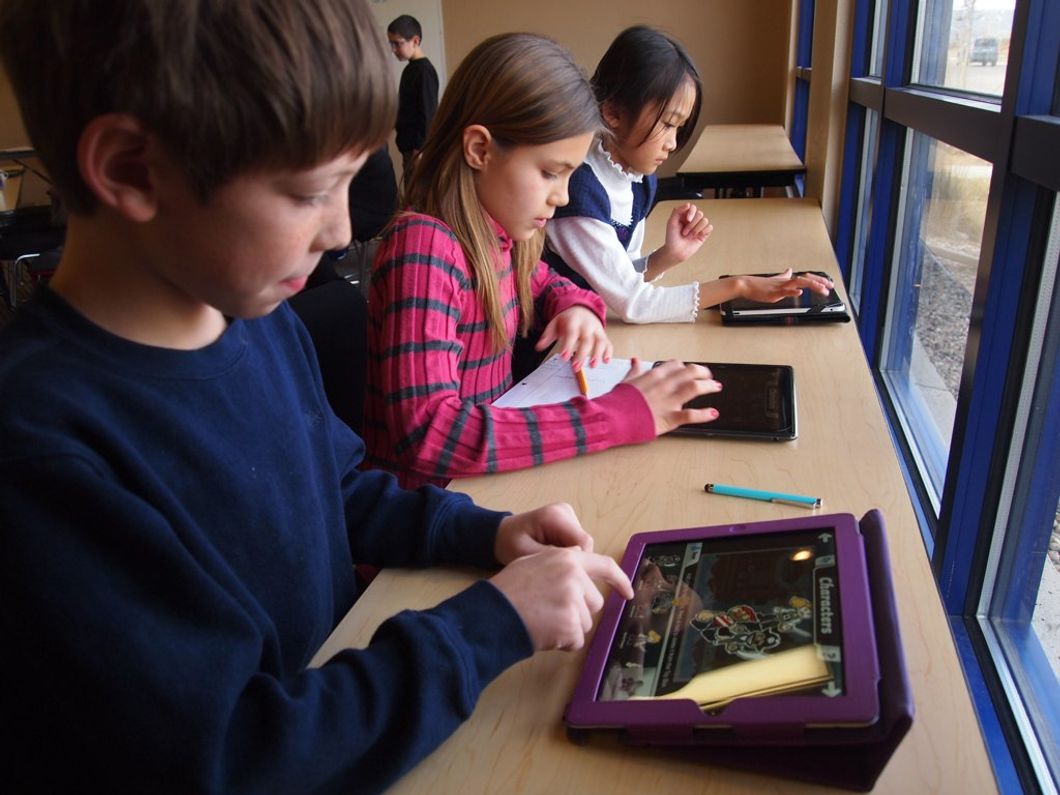Anyone who majors in education knows that one of the biggest problems that they'll face when they begin student teaching is figuring out how to use technology in their classroom. Each school has a different policy, and every teacher has a different idea or philosophy of limiting students' use of technology. It can be confusing as to whether you should let your students use their phones or computers in the classroom or if you should ban them.
However, there are ways that you can easily overcome this issue. Here are eight tips on how to handle technology in the classroom when you are student teaching.
1. Find out your host teacher's policy on technology
Before you do anything with allowing students to use technology in the classroom, you should talk to your host teacher. You do not want to end up creating an interactive lesson that uses technology only to find out that your host teacher bans technology use in the classroom. Even if you may not agree with your host teacher's policy, you need to make sure that you respect them and follow the rules they've created for their classroom so you don't end up in trouble. You can also talk to your host teacher and ask them for any advice on how they use technology in their classroom.
2. Limit how much students use technology

Brad Flickinger / Flickr
The best way to handle technology in the classroom is to create a limit on its use. I've gone to schools where students will sometimes use technology too much in class or use too little of it. The best thing to do is to make sure that you allow students to have time to use technology in your classroom activities but also create time for students to put away their devices. This way, you won't rely too much on technology for structuring your lesson.
3. Consider including technology in your lesson
If you've talked to your host teacher and they gave you a thumbs up for using technology in the classroom, then you can start figuring out how to include technology in your lesson. The best thing about technology is that you can basically structure it for any subject or any part of the lesson. For example, in math, you can use something called Pear Deck for creating an interactive PowerPoint. Pear Deck lets students interact with the PowerPoint during your presentation. You should also make sure that you are using technology as a way to engage students rather than to include it just because you need to.
4. Make sure to create rules on technology use
Whenever you are having your students use technology, you need to always make sure that you create a set of rules. Students will always try to find ways to go on something that they're not supposed to during class time. Trust me, you do not want to end up getting in trouble for something that could have been easily prevented. So, make sure that you clearly state the rules on students' use of technology before beginning your lesson.
5. Find a way to monitor students
This is also something that is very important that you need to do in order to make sure that your students aren't getting in trouble. You need to make sure that you have a way of monitoring the students while they are either using a computer or device for an activity. The best way to do this is to organize the seating arrangement in the classroom so that you are able to see their screens. Also, make sure to walk around the room constantly to make sure students are on task.
6. Find technology sources that promote student learning

ReallyGoodStuff / Pinterest
The best part about technology is that there are a lot of different sources that are specifically designed for learning. There are technology sources that allow students to also communicate with each other or learn individually. For example, when teaching mathematics, you can have students work together playing a math game to learn some of the concepts in math. In language arts, you can have students work with a partner and use a Google document to complete a writing assignment and allow the other student peer to edit their writing. Technology is a great way to allow students to be in charge of their own learning without relying too much on you as a teacher.
7. Find students' interests
If students are interested in a particular type of media such as social media or video games, then you should find a way to incorporate this type of media in your lesson plan. For example, if students are interested in Twitter, you can let them write a post on what they learned from the lesson as an exit ticket. If students are interested in video games, you can find an online game that students can play for whatever subject that you are teaching. Students learn better when the subject or content being taught is related to what they are interested in, and they are more engaged with the content or activity.
8. Let students use technology for group assignments
Students often groan whenever they are given a group assignment. However, if you give them a group assignment that involves a technology source, they are more likely to be more motivated with completing the assignment. There are tons of different ways that you can have students use technology to complete their group assignments. You can have students create a wiki page or have an assignment that allows students to choose different types of media for creating their project.
A lot of projects I've seen in classrooms have allowed students to create their project through any type of media that they are comfortable with such as creating a PowerPoint, blog, song or video. Giving students the freedom to use any source of technology that they are comfortable with for completing their project gives students more freedom while also helping students demonstrate their learning.
So, if you find yourself worrying about how to use technology in your classroom, you can use some of these tips to manage technology use. Technology is a great way to help students learn, which is why so many host teachers won't always ban the use of devices in the classroom. But handling technology in a classroom can be difficult at times. However, if you follow these tips, you'll be able to not only impress your host teacher, but you'll also help engage the students in your classroom.



 Today I am
Today I am  Go to the gym
StableDiffusion
Go to the gym
StableDiffusion
 Listen to more music
Photo by
Listen to more music
Photo by  Have more patience
StableDiffusion
Have more patience
StableDiffusion














